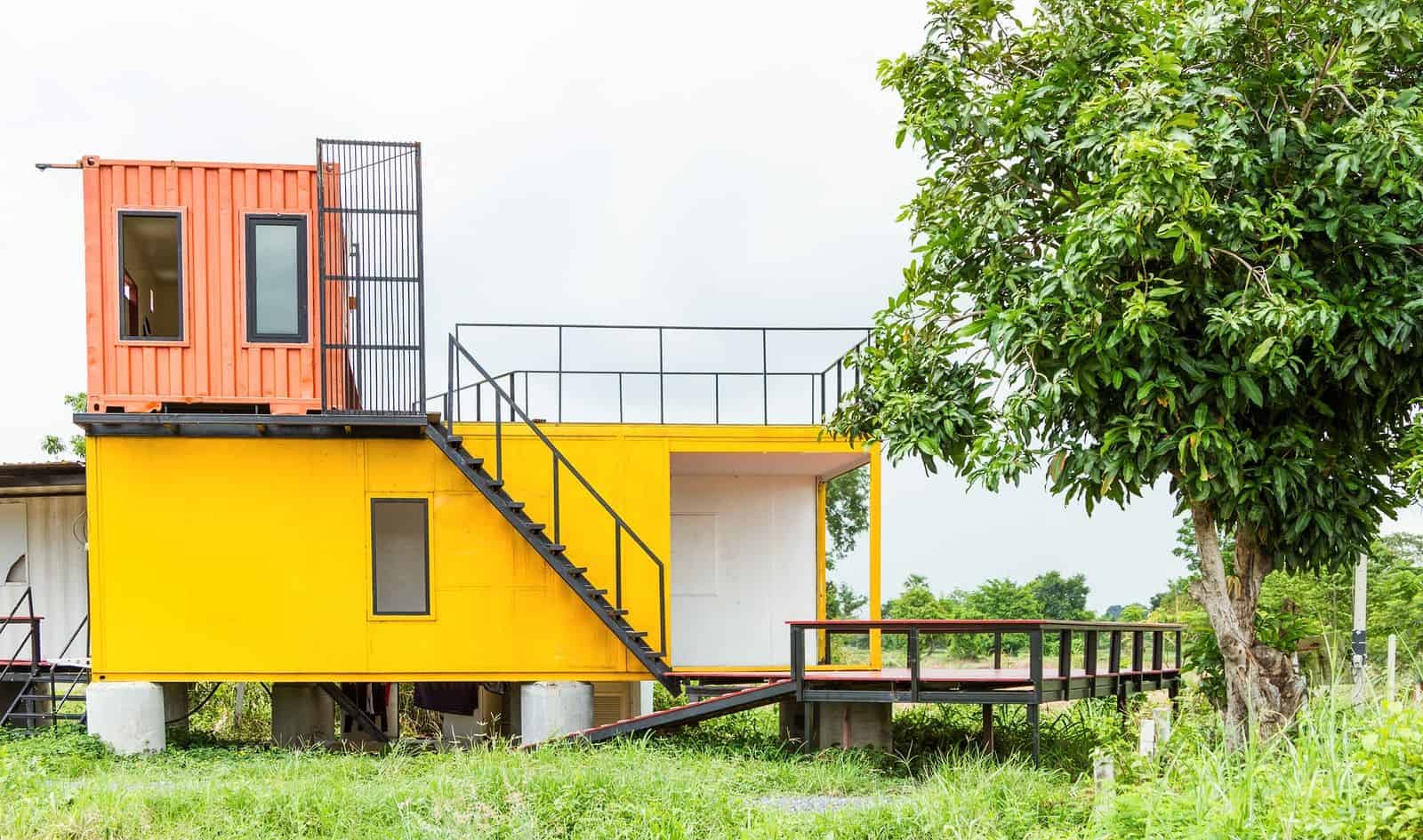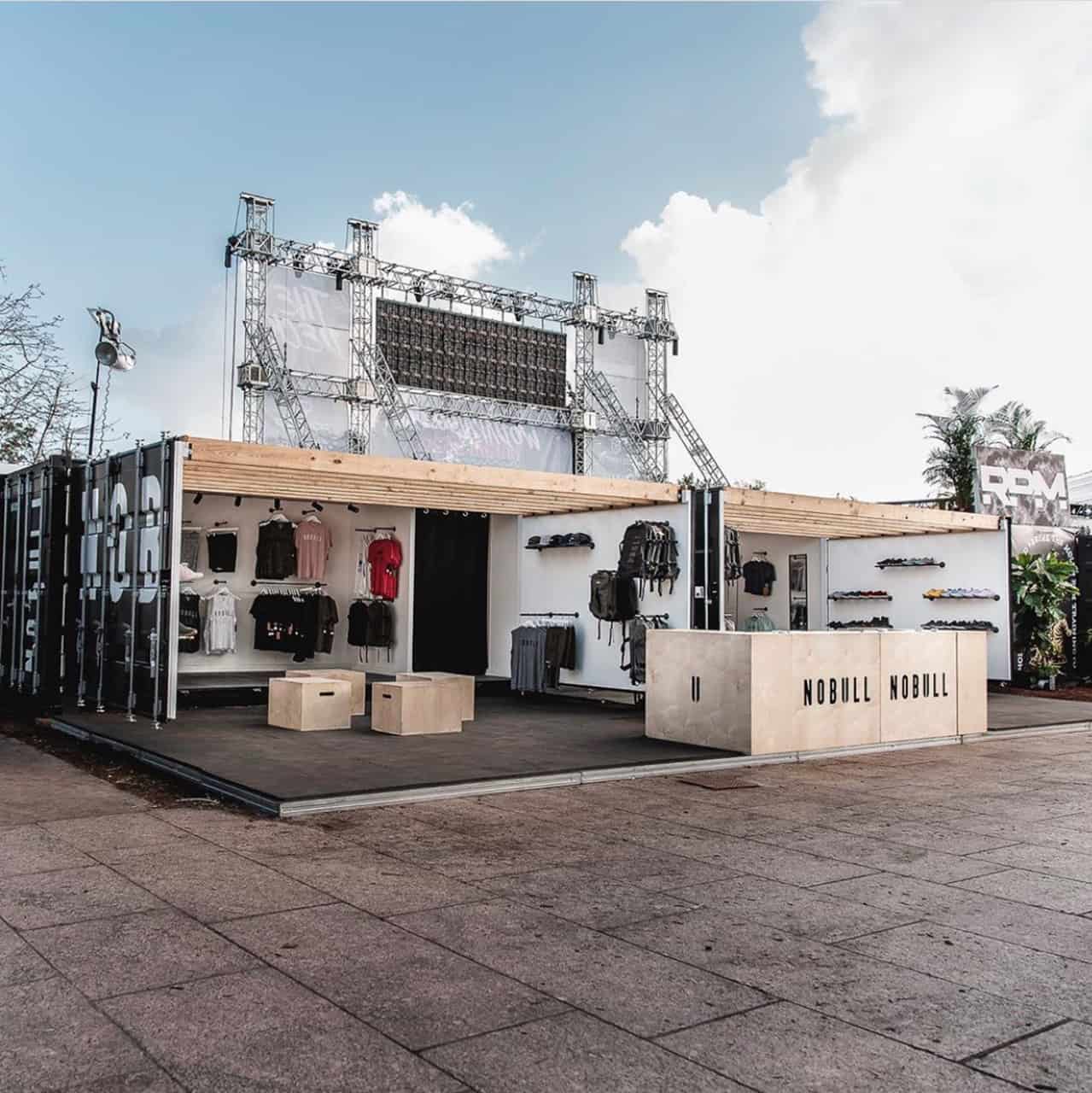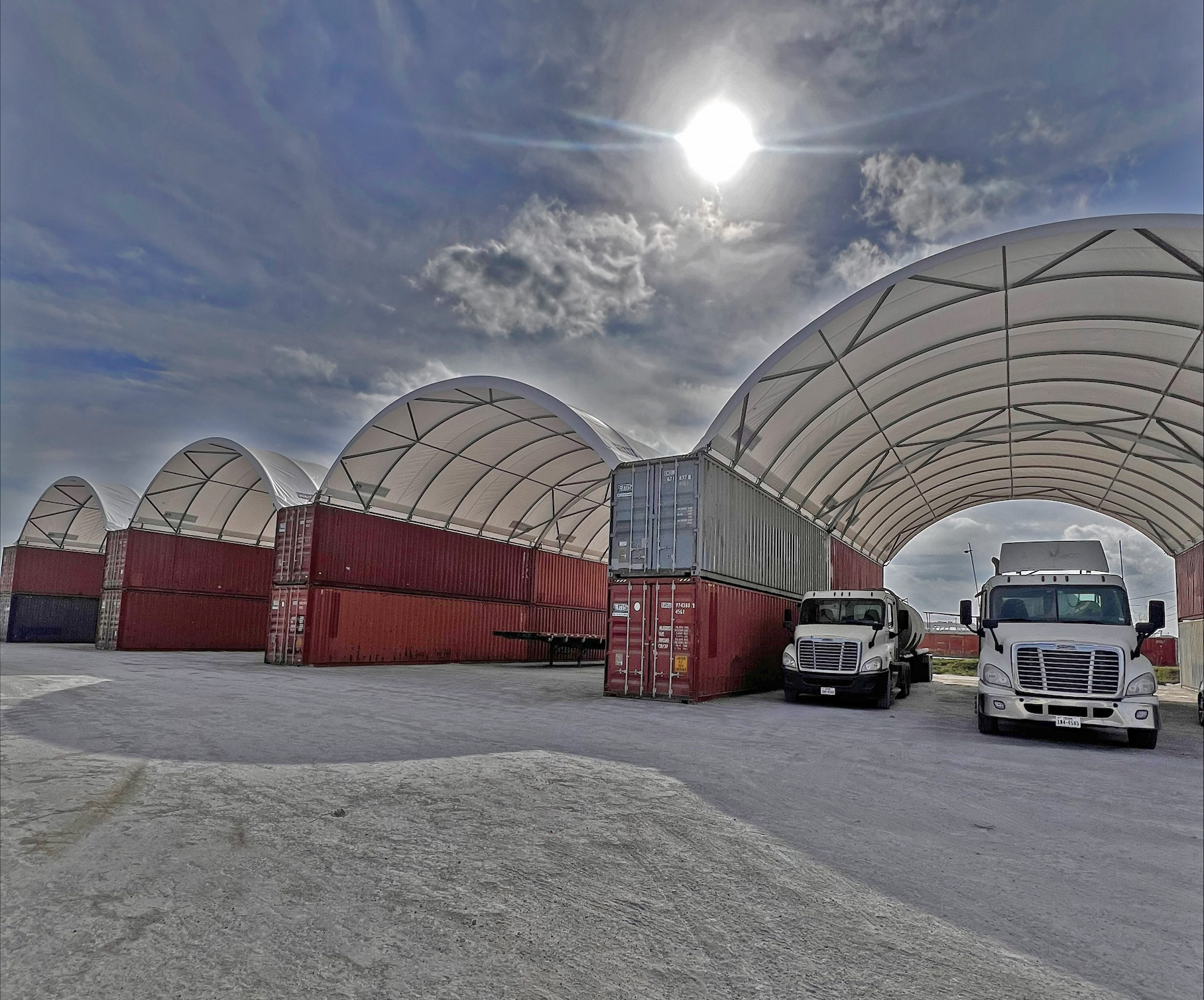With their affordability, strength, ease of use, and eco-friendliness, shipping containers make for good materials to build a home. A lot of people are actually using this option nowadays. You can see many examples of container houses that were done in a short time without having to spend too much. There are also, however, container homes that have failed. This isn’t because of the material, but it’s due to the mistakes homeowners make.
Knowing these mistakes will help you avoid them to ensure the success of your construction project.

Using the Wrong Type of Container
Shipping containers vary in height. Homeowners, however, tend to choose the ones with a regular height when they can use those with an additional foot in height. The usual height of shipping containers are 8 feet and 5 inches. While this can definitely be used for building a home, there’s a type called “high cube” containers that are 9 feet and 5 inches tall. This one is a better option if you’re planning to insulate the ceiling without compromising headroom.
Before making a purchase, take time to measure the size of the shipping container you need depending on your design layout. That way, you can have the space you need.
Buying Used Containers Without Checking First
Some used containers have been around for several years already. While they are still in good condition, you can expect to see a bit of rust or wear and tear. That’s okay if you’re going to modify it based on your design. However, you still need to check the container yourself to figure out how to use it in the best way. Many buyers make a mistake of buying without seeing the container in person. In this case, they end up making too many changes and repairs that they could have avoided in the first place. Going only to a reliable supplier will also help you avoid this mistake.
Ignoring Local Planning Regulations
There’s one important rule to follow when building a container home: don’t start the construction without acquiring all the necessary permits. There were homeowners who failed to research local planning regulations that they were forced to take down their container homes. This will not only cause a lot of hassle but will also waste all your money.
Before starting the project, contact your local public works building division and discuss the plan. You need to prepare a detailed layout so that you can explain the type of container home you want to build and where you will put it. This usually involves architectural drawings and foundation layouts.
Once you get the permission, that’s the only time you can start building without worrying that your home isn’t covered by city zoning laws.
Choosing the Wrong Type of Insulation
One way to keep your container home comfortable is to insulate it properly. Since there are several types of insulation, homeowners tend to make the wrong choice. The key here, however, is to consider your local climate, budget, the style of home you want, and the container’s age.
For instance, you’d need insulation that acts a seamless vapor barrier if you’re living in an area with lots of rain and moisture. On the other hand, you have to keep your home cool if the local climate is usually warm and dry. If you fail to consider these factors, you would find your container house scorching hot or freezing cold.
Custom shipping containers offer flexibility in structure and design. However, the only way you can achieve your dream home is if you know how to properly use the material. Avoiding these mistakes and seeking the help of experts like your supplier will help you meet your goals.
Sources
5 Mistakes to Avoid When Building a Shipping Container Home, Containerhomeplans.org
The 6 Mistakes People Make When Building a Container Home, Howtobuildacontainerhouse.com









